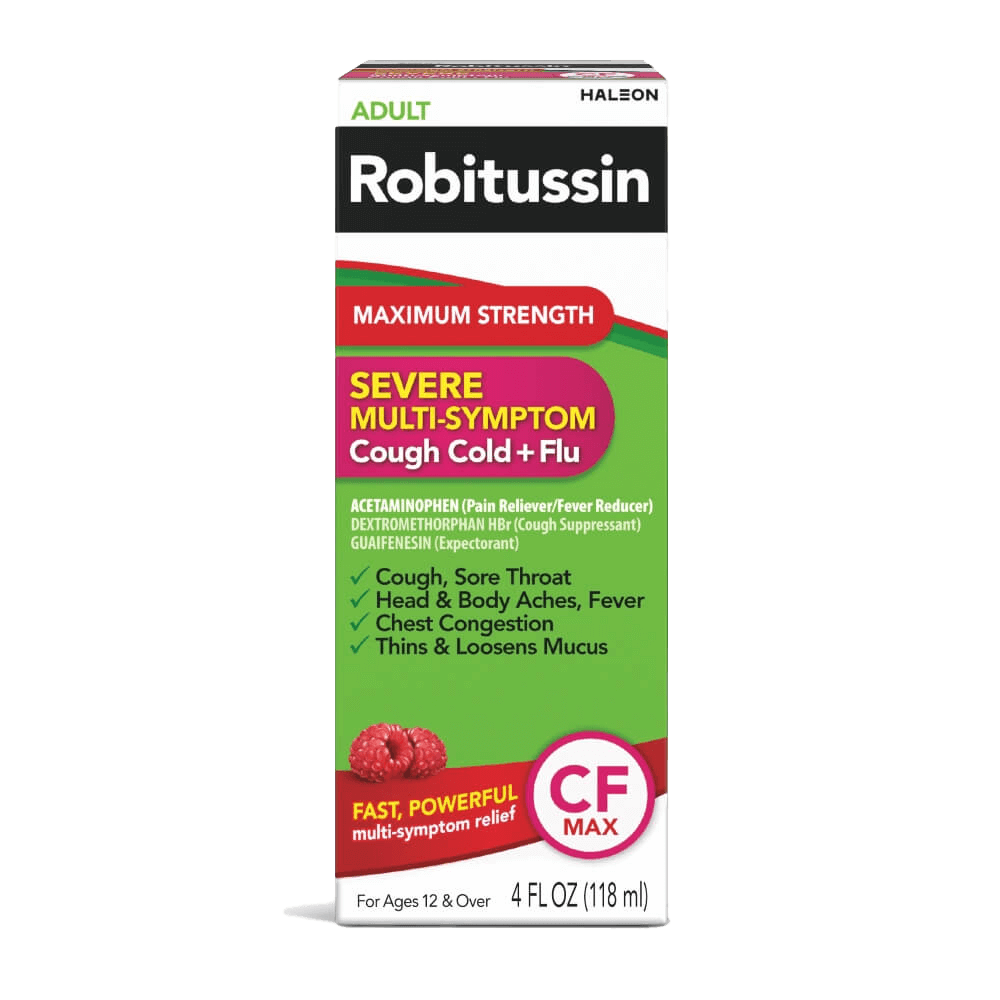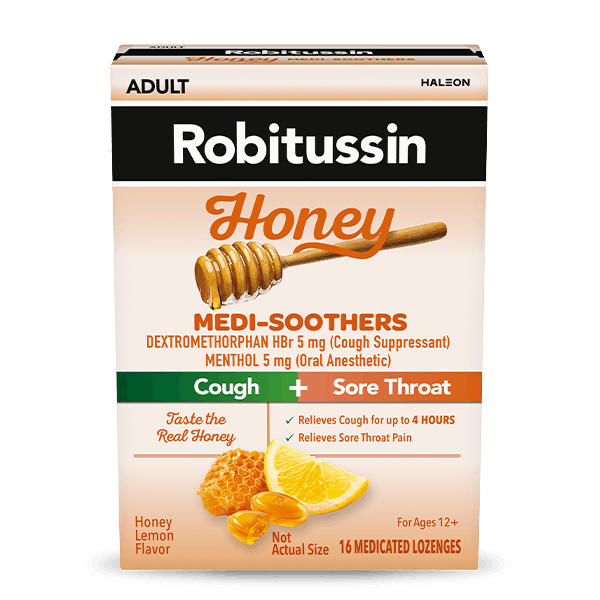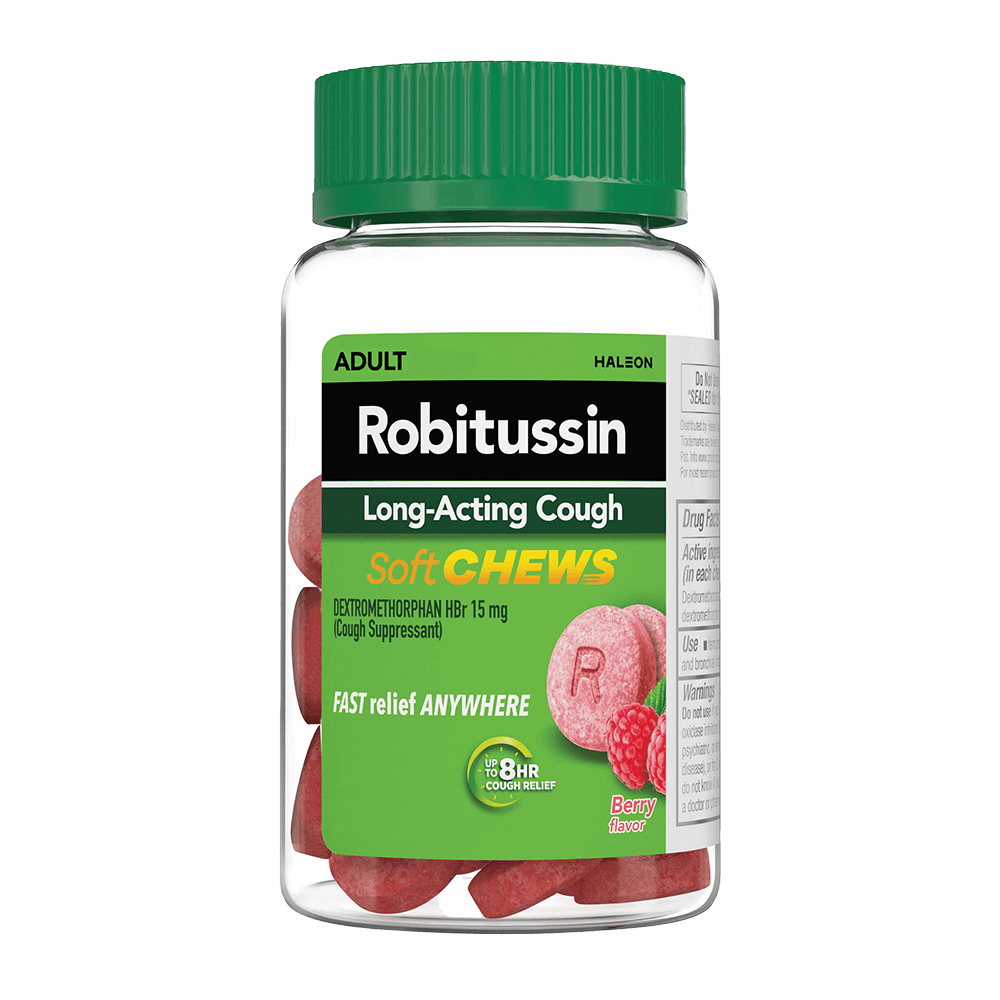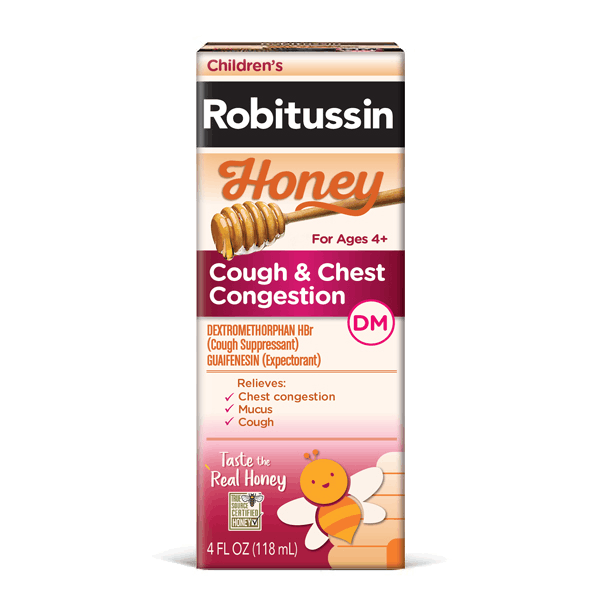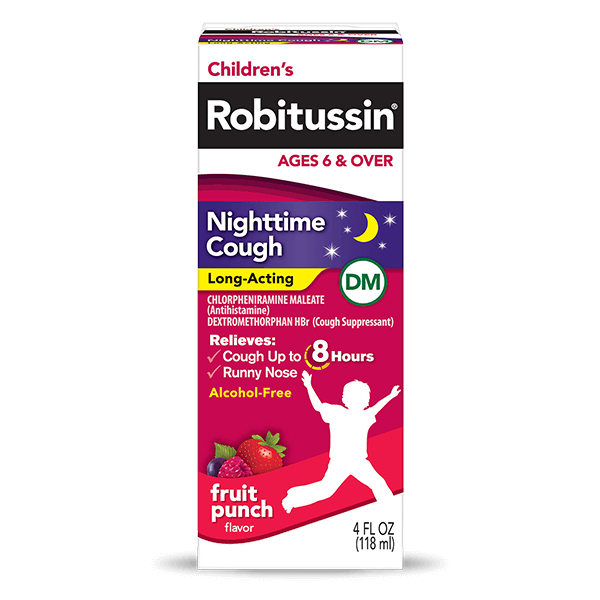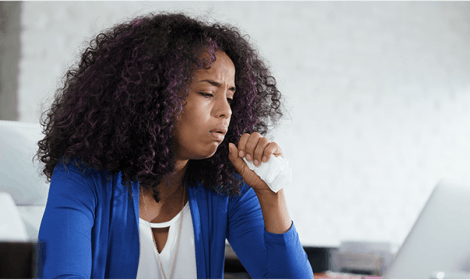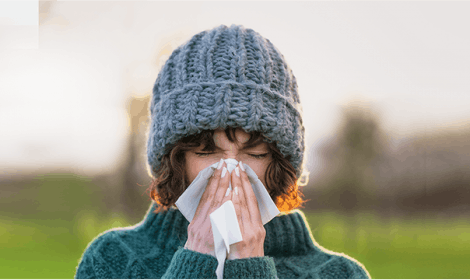Coughing Up Green Phlegm: What You Need to Know
What is Phlegm?
Phlegm and mucus are technically one and the same: Phlegm is mucus that is created in your respiratory system, especially your chest, while fighting an infection—a byproduct of inflammation in your airway.1,2 Phlegm can be a variety of colors, including clear or white, green or yellow, red or pink, brown, or gray or black.2 When phlegm is expelled from your airway by coughing, it’s called sputum.1
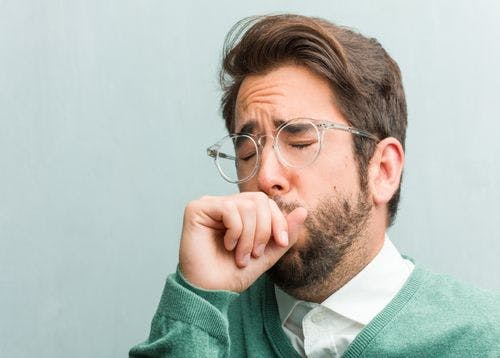
What Causes Green Phlegm?
When your mucus or phlegm is green, all signs point to a respiratory infection—what kind of respiratory infection, though, can’t necessarily be discerned just by the presence of green phlegm when coughing or sneezing.2
Causes of green phlegm can include:1,3
- Sinusitis, also known as inflammation of the sinuses. Sinusitis can be caused by a number of viruses, bacteria, and airborne irritants or allergens.
- Bronchitis. While this airway condition typically starts with a dry cough, it can progress into a cough that produces clear or white phlegm, then further progress into coughing up green phlegm if there’s a growing infection (which may be moving from viral to bacterial in nature).
- Pneumonia. There are viral, fungal, and bacterial kinds of pneumonia—all of which typically evolve out of a previously existing respiratory infection.
- Cystic fibrosis. A hallmark of this chronic respiratory condition is the buildup of mucus in the lungs. Phlegm from cystic fibrosis can be a range of colors, including dark green.
You may notice the color or texture of your phlegm changing over the course of your illness. As your immune system continues to fight the infection in your respiratory system, your phlegm may become thicker and darker green. This thickening and darkening can also be a sign of dehydration and an indication that you need to push more fluids.1
How to Treat Green Phlegm
When you have phlegm of any kind in your respiratory system, it can come with a fair amount of discomfort and disruption to your daily routine. You’ll want to focus your treatment around minimizing the discomforting symptoms associated with whatever illness is causing you to cough up green phlegm:1
- Keep hydrated and continue to eat. Hydration is key to helping thin the phlegm in your airway and keep your immune system in fighting shape. Eating healthfully is also key to getting over your respiratory infection.
- Use a humidifier. Keeping your respiratory system hydrated via ambient humidity is just as important for easing symptoms as remembering to drink plenty of water and other hydrating fluids.
- Try known home remedies, such as gargling with saltwater or applying eucalyptus oils or poultices to your chest to help loosen phlegm and ease throat soreness.
- Take over-the-counter medicines for symptom relief. Focus on medicines that include expectorants such as Robitussin Maximum Strength 12 Hour Cough & Mucus Extended-Release Tablets, which features guaifenesin to help thin phlegm, making it easier to cough up.
- Rest. It’s simple, but it’s true. Your body needs appropriate rest to fight off an infection—don’t push yourself to return to your day-to-day routine too quickly or you may stall the healing process.
Since green phlegm is a known sign of an infection, many people may believe this means they need a course of antibiotic treatment. However, not every infection that may cause you to cough up green phlegm calls for antibiotics. In fact, using a course of antibiotic treatment to combat whatever may be causing your green phlegm could contribute to the ongoing struggle against antimicrobial resistance.4 Consult with your primary care doctor to see what the appropriate course of treatment is for the infection you are experiencing—you may learn that you only need to ease your symptoms while your immune system fends off the infection on its own.2
In fact, if you’re coughing up green phlegm and have not been previously diagnosed with a chronic respiratory condition (such as asthma or chronic obstructive pulmonary disorder, also known as COPD), there is a very good chance it will be self-limiting.2 Bacterial infections typically resolve in two weeks or less; viral infections may last up to three weeks.2
When Should You Worry About Green Phlegm?
Call your doctor if your cough (or your child's cough) doesn't go away after a few weeks or if it also involves any one of these:5
- Coughing up thick, greenish-yellow phlegm
- Wheezing
- Experiencing a fever
- Experiencing shortness of breath
- Experiencing fainting
- Experiencing ankle swelling or weight loss
Seek emergency care if you or your child is:
- Choking or vomiting
- Having difficulty breathing or swallowing
- Coughing up bloody or pink-tinged phlegm
- Experiencing chest pain
Your doctor will examine you and determine what, if any, tests are needed to diagnose your illness and will help you begin an appropriate treatment plan.
Source Citations:
- Yellow, Brown, Green, and More: What Does the Color of My Phlegm Mean? Healthline. https://www.healthline.com/health/green-phlegm. Accessed 8/19/21.
- What does the color of phlegm mean? Wexner Medical Center, Ohio State University. https://wexnermedical.osu.edu/blog/what-does-the-color-of-your-phlegm-mean. Accessed 8/19/21.
- Everything You Need to Know About Pneumonia. Healthline. https://www.healthline.com/health/pneumonia. Accessed 8/19/21.
- Green phlegm and snot ‘not always a sign of an infection needing antibiotics’. PSNC. https://psnc.org.uk/sunderland-lpc/green-phlegm-and-snot-not-always-a-sign-of-an-infection-needing-antibiotics/. Accessed 8/19/21.
- When to see a doctor. Mayo Clinic. https://www.mayoclinic.org/symptoms/cough/basics/when-to-see-doctor/sym-20050846. Accessed 11/12/21.
- **True Source Honey is ethically and transparently sourced. Click here to learn more
- ^Read more about our non-GMO standard. here
- ⚬This product contains the active ingredients Dextromethorphan.
- **This product contains the active ingredients Dextromethorphan and Guaifenesin.
- *These statements have not been evaluated by the Food and Drug Administration. This product is not intended to diagnose, treat, cure or prevent any disease.
- Use as Directed.

